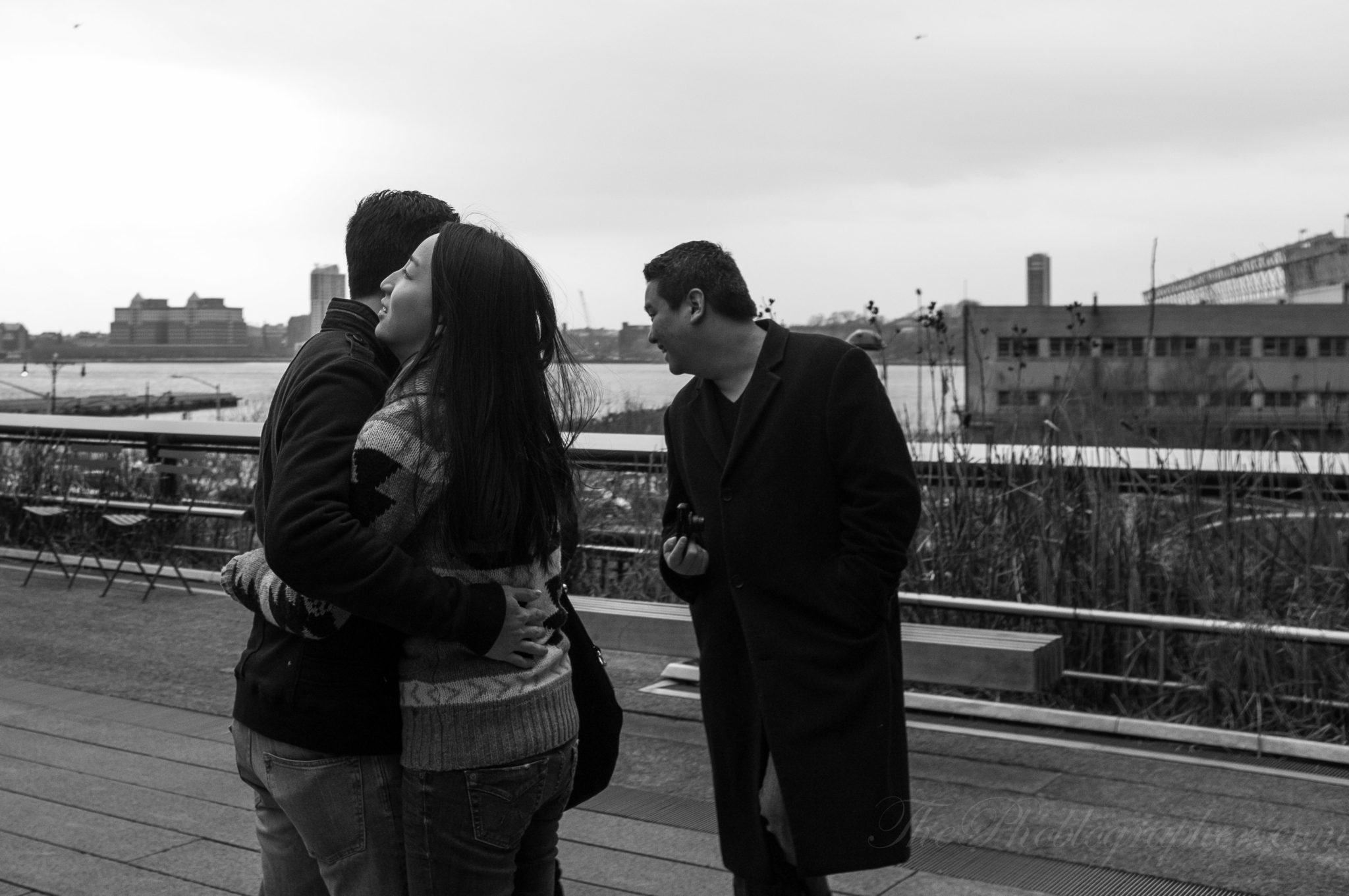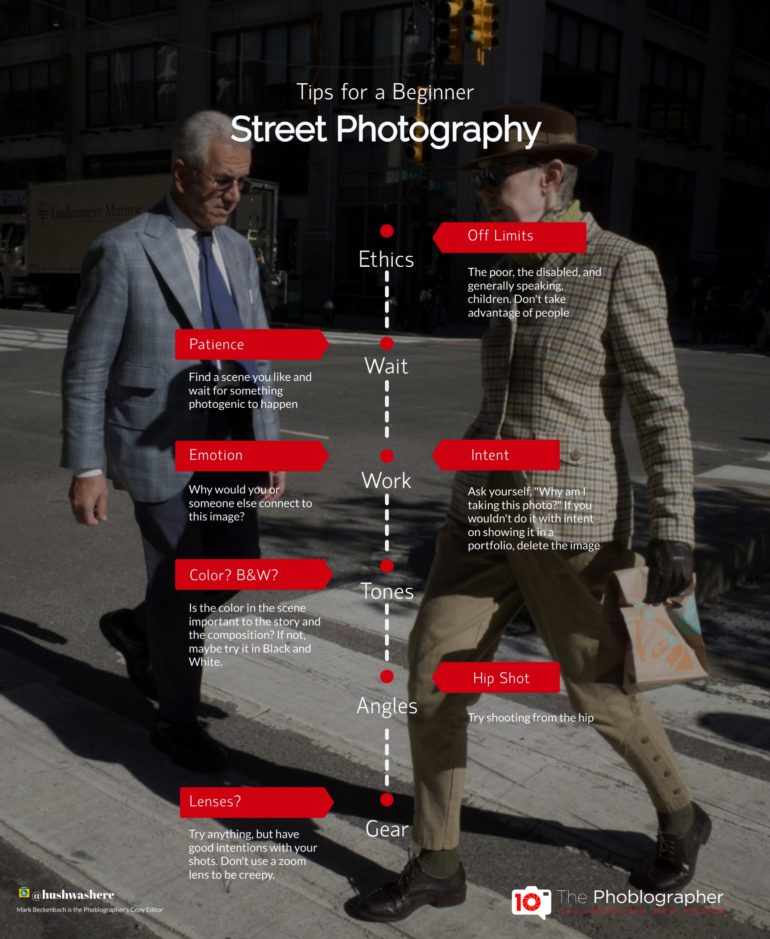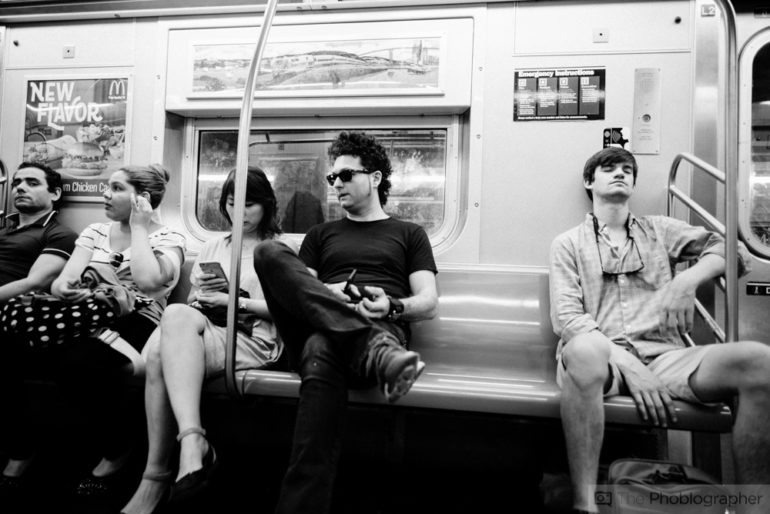If you’re new to street photography, then check out this list.
When you’re brand new to street photography, there’s a lot of toxicity out there that doesn’t really help to create better street photographers. A whole lot of it is around pleasing the Instagram algorithm or learning from the classic masters. The classic masters are a fantastic way to enrich your passion, but the truth is that times have changed. And so you need to adapt. In fact, there isn’t a whole lot out there that talks about the ethics of street photography. So we’ve created a cheat sheet for you in a straightforward guide.
The List
This list is going to help answer pretty much everything at the surface level very quickly. It tackles some of the most common questions that we’ve seen around the web that are asked by beginners. Of course, for many of us that have been shooting for years, these seem rudimentary. But we must try to help future generations and work to make the community a better and healthier place. Start with this list.
Don’t Get Caught Up on Gear
“There seem to be many schools of thought on what does and does not constitute street photography.”
10 Basic Tips for Better Street Photography
The biggest thing is to not get caught up on gear. You can do street photography with pretty much anything out there. In fact, you can use it to be your own interpretation. Just as long as the image is of something happening in public and documenting daily life, you’re pretty much set. Some may say that you’re trying to capture the decisive moment, but that can be said about a whole lot of things. Here are a few extra tips:
- Use your phone to be a bit more candid. Try using the telephoto lens or just getting up close to something or someone to shoot. Phones are generally less intimidating, but they can also be very annoying to people. It’s all in your approach.
- Using a point and shoot? Shoot in continuous autofocus.
- Using an interchangeable lens camera? Try zone focusing. We’ve got a great video on how to do this below.
Be Present
Now here’s the biggest thing: be present. With that, don’t be in your own mind. Instead, be in your emotions with what’s around you. Be vulnerable. Let things happen. As soon as something elicits emotion from you, photograph it. It takes time to build up that trigger, but once you do, you’ll have images and stories to tell about so many different moments. Lots of folks use street photography as a way to escape from the stresses of their own lives. It’s, of course, very therapeutic. If you’re standing on a busy street or some sort, just start out by people watching. Observe folks as they go by and be receptive to three things that happen. Once you’re emotionally incited three times, then start shooting. Think of it as starting a motor, you need to get into the mindset and know that you’re paying attention.
“Things work a little differently when you’re on private property, where the property owner can dictate whether or not photography is permitted.”
The Most Basic Thing You Need to Know About Street Photography
After this, set your camera up, and either wait for moments or walk around and shoot. It’s easy to do. In a way, you’re still in your own mind. But more than that, you’re in your own emotions. There’s nothing wrong with doing things like shooting in continuous shooting modes to get the shot. Give it a chance!
The Phoblographer’s Photography Cheat Sheets are powered by VisMe.




